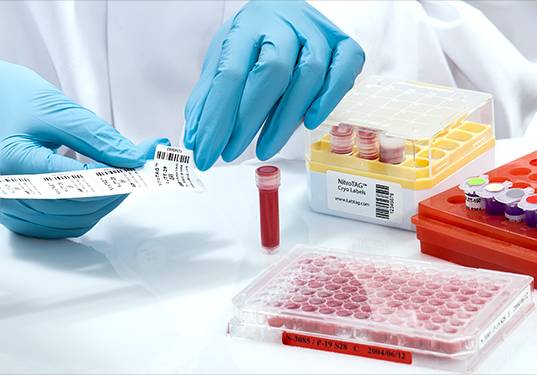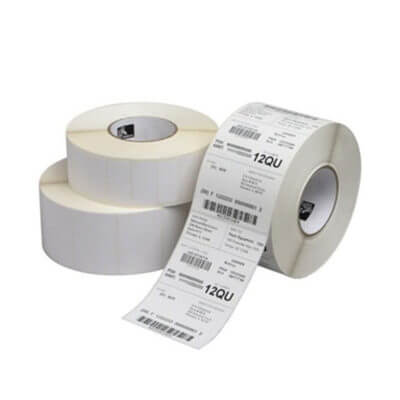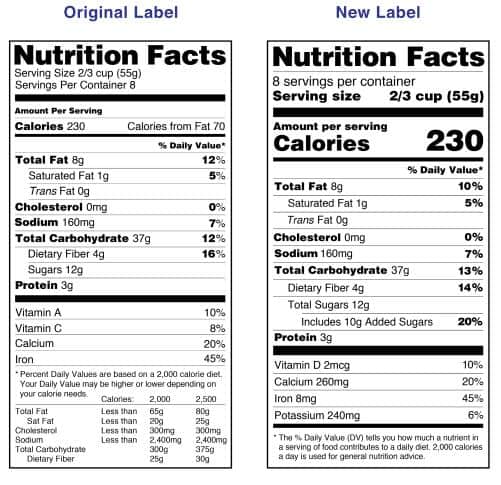Since the invention of the barcode in the 1970s, the GS1 barcode has been used in many different ways over the years. Did you know that they have even been used to help hospitals all over the world improve the efficiency and effectiveness of treating patients?
This little-known fact makes them outstanding, and we are keen to learn more about the many extraordinary ways in which barcodes are used in the world today.
The higher the efficiency of the hospital, the higher the efficiency of treating patients, and the more lives will be saved in the end. When a patient is in crisis, time is of the essence. The more time saved and the faster the action, the greater the chance of saving the patient’s life. Making mistakes in the hospital can be a matter of life and death, so this is something people want to avoid at all costs. The use of barcodes in hospitals may help limit the number of human errors that occur so that the hospital can do its best.
How barcodes can benefit patients
- First, barcodes can be used on patient wristbands. When each patient enters the hospital, they will get a wristband with a code on it. These barcodes can be used to store all their personal information, so that the hospital can electronically track the patient’s entire hospital stay.
- Secondly, it’s very important that barcodes can be used to control the patient’s medications and ensure 100% assurance that they get the correct medication and the correct dosage. Controlling drugs and not making mistakes is crucial.
The hospital implements a shift system, and nurses are transferred from a shift to a nurse on duty. This is easy to make mistakes, because the nurse on duty doesn’t know what happened in the last shift except for the information passed by the nurse in the last shift.
After using the barcode system, these nurses can simply scan the patient’s barcode and accurately view the medication and dosage that the patient is taking, as well as the time of their last medication. These barcodes will also show the patient’s diet and whether the patient has any allergies. This makes the hospital safer, more efficient and more effective in treating patients.
- Thirdly, when a patient undergoes surgery, it is important to ensure that the correct surgery is performed on the correct patient. This may seem obvious, but mistakes do happen, and this is a mistake that no one wants to make. Using a barcode on the patient’s wristband ensures that nurses and doctors can double check that they really have the correct person in the operating room, and they can obtain records of all patients without having to read handwritten medical records. This saves a lot of time because we know that the hospital and its staff do not have enough time.
Barcode can track medical equipment
They can also be used to track and monitor a large number of equipment required by the hospital. The number of devices developed for hospitals continues to increase, which makes it necessary to register barcodes to effectively track these devices.
In addition to surgical instruments, some surgeons also put barcodes on their instruments, and they have a barcode engraved on each instrument. Conducted a case study on this and wrote an article on how the French Robert Ballanger Hospital uses barcodes on its surgical instruments, because in this way, it can accurately track every instrument used during surgery to control infection , And always ensure that the correct instrument kit is provided during the operation.
Most surgeons have specific kits that they like to use in all operations. By sticking a barcode on the kit, the nursing staff can ensure that all the correct instruments are used during the operation. The kit can be pre-made.
Before entering the hospital, each patient needs a bag to store their personal belongings during the hospital stay. The barcode system can help track these packages and ensure that if the patient needs to move the room, the correct package will be transferred with them. This prevents any personal belongings from being lost from the hospital, as we know this happens frequently.
In addition, barcodes and RFID tags are also used to efficiently regulate and manage blood banks to ensure that the correct blood type is assigned to the correct patient.
Pay close attention to safety
Another important area of the hospital is safety. It is necessary to control access to the entire hospital and to specific areas of the hospital to ensure that only authorized personnel can access these critical areas. This is for your safety.
Barcodes can be used to regulate this access and ensure that only authorized personnel can access sensitive areas of the hospital. These barcodes are called RFID tags. RFID is the abbreviation for Radio Frequency Identification. These tags can be scanned very quickly, which is why they are used for security purposes such as doors, gates, etc.
Some can even choose to activate a GPS tracker on it. As everyone is looking for non-contact safety methods, these tags are increasingly used to enter and exit certain areas of buildings or hospitals because they can also prevent the spread of viruses such as COVID-19. Compared with fingerprint scanning or physical opening with a key, it involves much less risk.
In short, hospitals will develop more and more advanced technologies in bar codes and the ways they can be used to improve safety, medical records, blood, sample and drug transportation, and surgical procedures. From the outside, it usually looks like an organized mess. However, barcodes can help simplify this mess and ensure that the hospital operates like a well-functioning machine.




